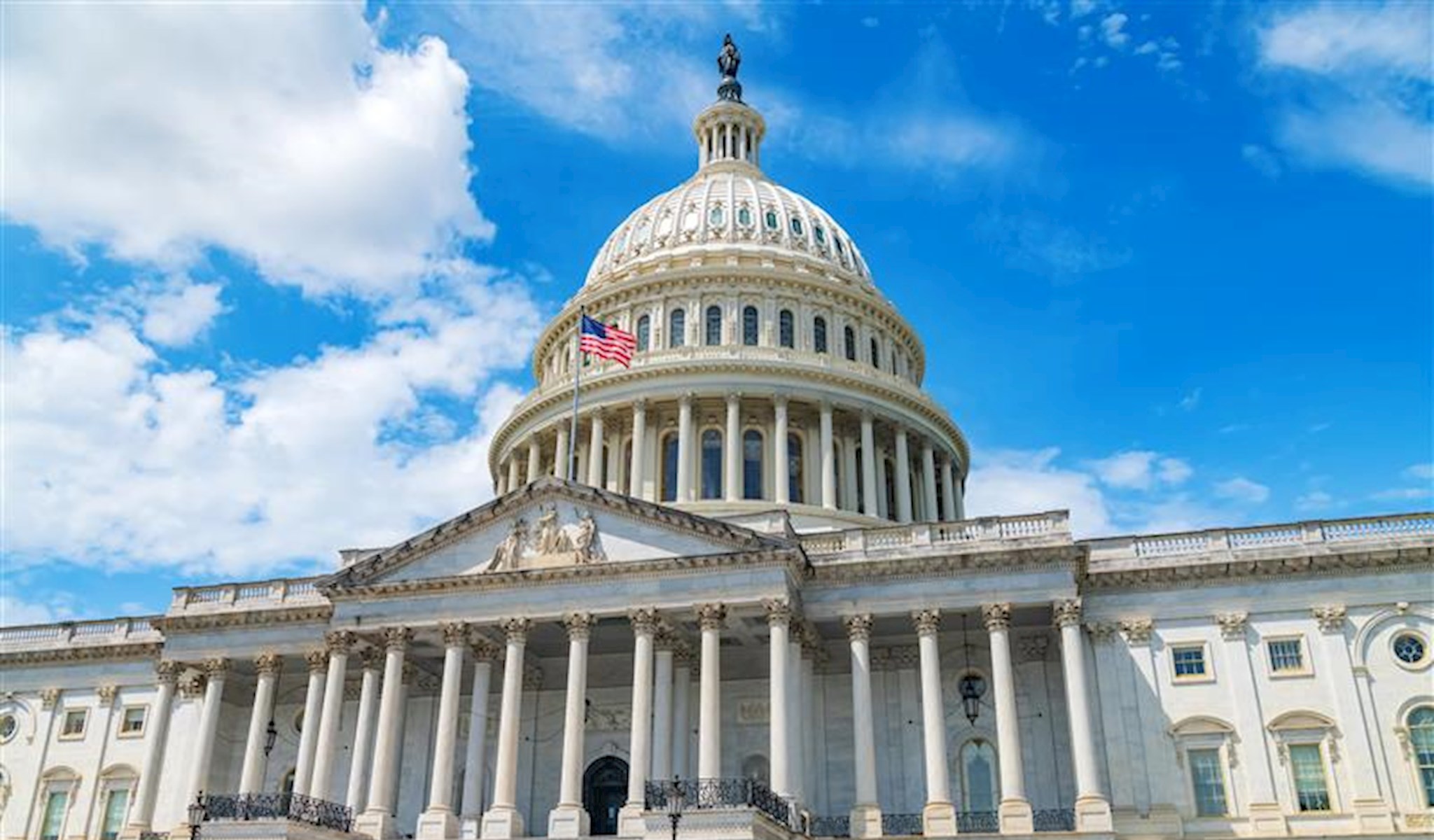The One Big Beautiful Bill Act (OBBBA) marks a significant shift in the landscape of American tax policy. Signed into law by President Trump on July 4, the legislation includes numerous tax provisions, including the permanent extension of expiring rules of the Tax Cuts and Jobs Act of 2017, as well as the introduction of new laws aimed at easing the fiscal burden on individuals and estates. These cuts, however, come at a cost, with reduced funding for social safety net programs, including Medicaid and nutritional benefits, as well as initiatives focused on green energy.
The following table compares key tax provisions affecting individuals, providing a summary of the current law and new rules under the OBBBA, along with the effective date of the changes.
| Provision | Current Law | New Law Under OBBBA | Effective Date |
|---|---|---|---|
| Gift and Estate Taxes | $13.99M lifetime exemption per taxpayer. Exemption was set to revert to $5M, indexed for inflation, on 1/1/2026. | Permanently increases lifetime exemption to $15M per taxpayer, indexed for inflation annually. | As of 2026 |
| Individual Tax Rates | Seven tax brackets with rates ranging from 10%-37%. Top tax rate was set to increase to 39.6% on 1/1/2026. | Permanently extends the existing tax brackets and top 37% rate. | As of 2026 |
| Qualified Small Business Stock (QSBS) | Gain exclusion is limited to the greater of $10M or 10 times basis, and stock must be held for longer than 5 years to qualify. Gross asset threshold for company to qualify as a “small business” is $50M. | Increases gain exclusion from $10M to $15M, and increases the gross asset threshold to qualify as a “small business” from $50M to $75M. In addition, the required holding period for gain exclusion is reduced from 5 to 3 years, with tiered benefits applying to those who sell within 5 years (50% exclusion benefit after 3-year holding period, 75% benefit after 4-year holding period, and 100% exclusion after 5 years). | QSBS issued/acquired after July 4, 2025 |
| State and Local Taxes (SALT) Deduction | $10,000 cap on deduction | Temporarily increases cap to $40,000, with 1% adjustments from 2026-2029, before reverting to $10,000 cap in 2030. Cap begins phasing down when total income exceeds $500,000, with a floor of $10,000. | As of 2025 |
| Itemized Deduction Limitation | No limitation | Limits the value of itemized deductions to 35 cents on the dollar for taxpayers in the top tax bracket (rather than their 37% tax rate). | As of 2026 |
| Charitable Deductions | No limitation for taxpayers who itemize. Taxpayers who take standard deduction receive no charitable deduction. | Subjects taxpayers who itemize to a 0.5% floor on itemized deductions for charitable contributions (i.e., a taxpayer with $1M of income would not be able to deduct the first $5K of contributions). Taxpayers who take the standard deduction can claim a charitable deduction of up to $2,000 (married)/$1,000 (single) for cash contributions to public charities (doesn’t include donor-advised funds). | As of 2026 |
| Auto Loan Interest | Not deductible | Temporarily makes up to $10,000 of auto loan interest deductible. Applies only to vehicles with final assembly in the U.S and excludes leased vehicles. Deduction begins phasing out when total income exceeds $200,000 (married)/$100,000 (single) |
2025-2028 Tax Years |
| Senior Deduction | No prior tax provision | Temporarily provides a $6,000 deduction for seniors over age 65. Deduction begins phasing out when total income exceeds $150,000 (married)/$75,000 (single) |
2025-2028 Tax Years |
| Tip Income | Subject to ordinary income tax rates | Temporarily makes up to $25,000 of tip income deductible. Deduction begins phasing out when total income exceeds $300,000 (married)/$150,000 (single) |
2025-2028 Tax Years |
| Overtime Pay | Subject to ordinary income tax rates | Temporarily makes up to $25,000 (married)/$12,500 (single) of overtime deductible. Deduction begins phasing out when total income exceeds $300,000 (married)/$150,000 (single) |
2025-2028 Tax Years |
| Trump Accounts | No prior tax provision | Allows new tax-favored accounts for those under 18. Accounts are structured like an IRA with funds available after the beneficiary turns 18. Annual contribution limits are $5,000, which includes up to $2,500 in employer contributions (both inflation adjusted). In addition, the federal government will provide a $1,000 contribution as part of a pilot program for beneficiaries born between 2025 and 2028. | As of 2026 |
Looking ahead, the focus will be on the rulemaking process, as the Department of Treasury creates regulations to implement the new laws. The William Blair Wealth Strategy team will continue to monitor and provide additional analysis on the implementation of the OBBBA.
Disclosure
This information has been prepared for informational purposes and is not intended to provide, nor should it be relied on for, accounting, legal tax, or investment advice. Please consult with your tax and/or legal advisor regarding your individual circumstances. The information presented here has been taken from sources we believe to be reliable; however, no representation is made as to the accuracy or completeness.



